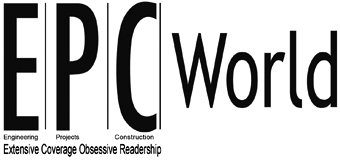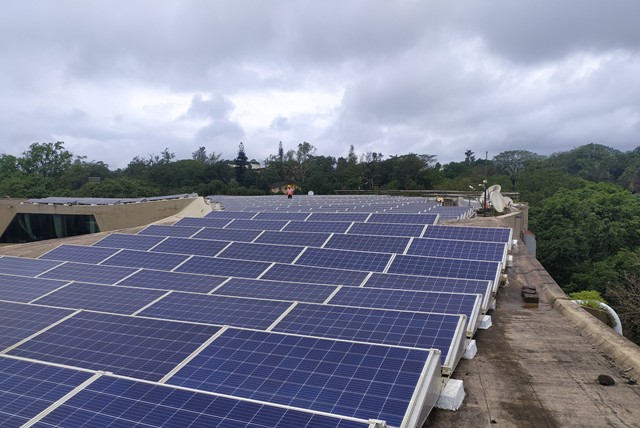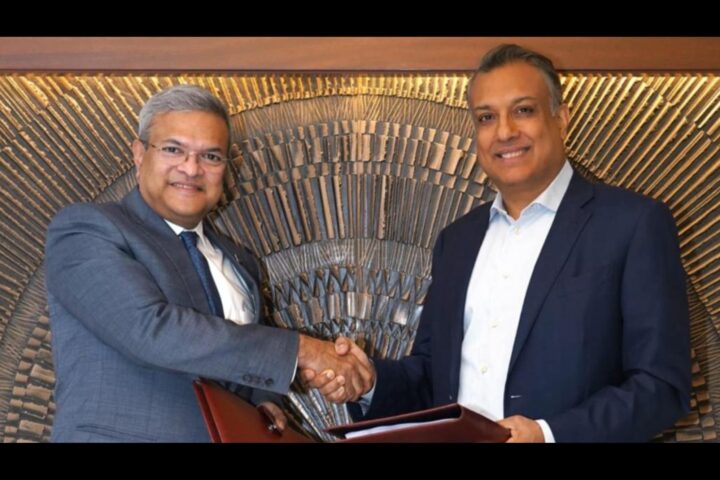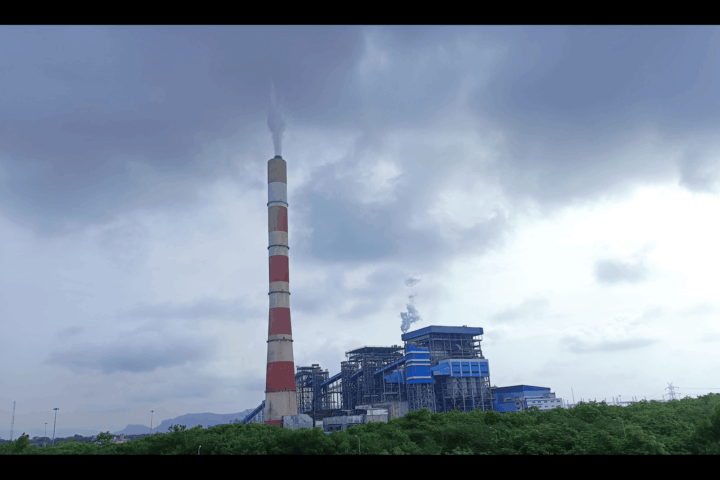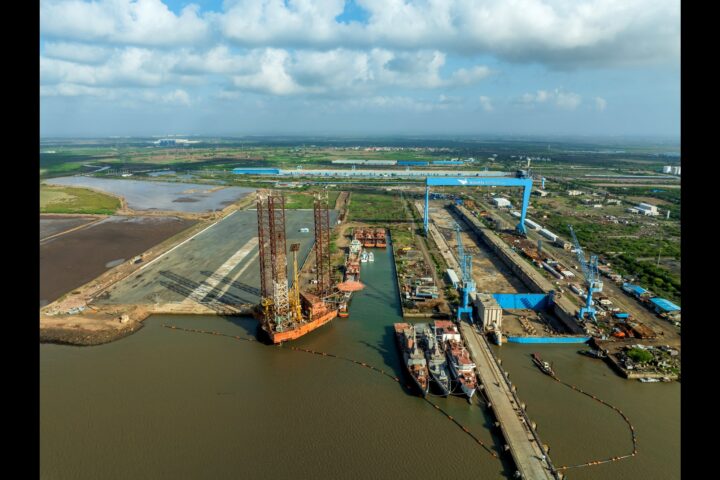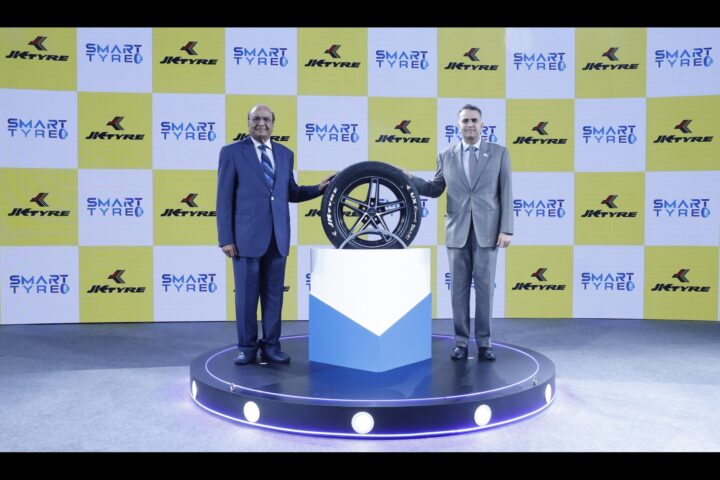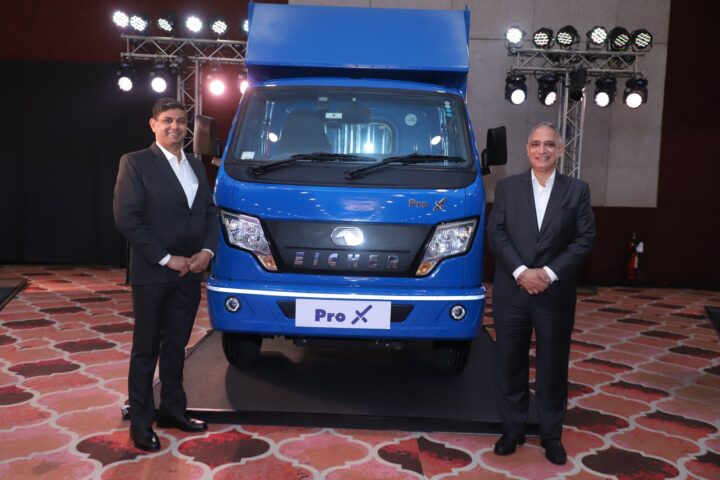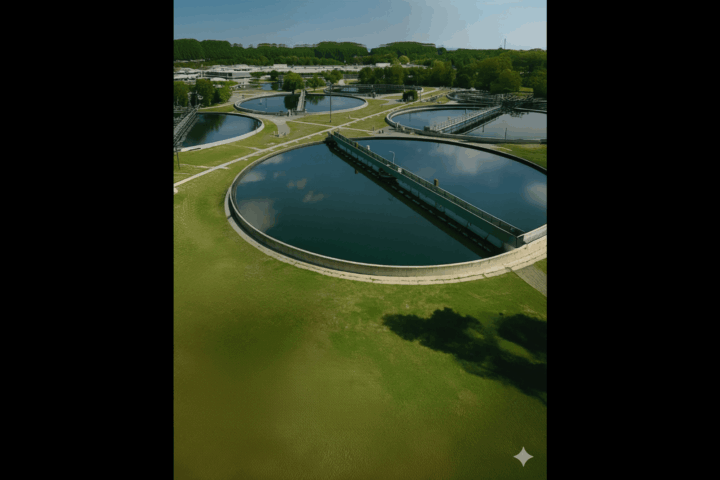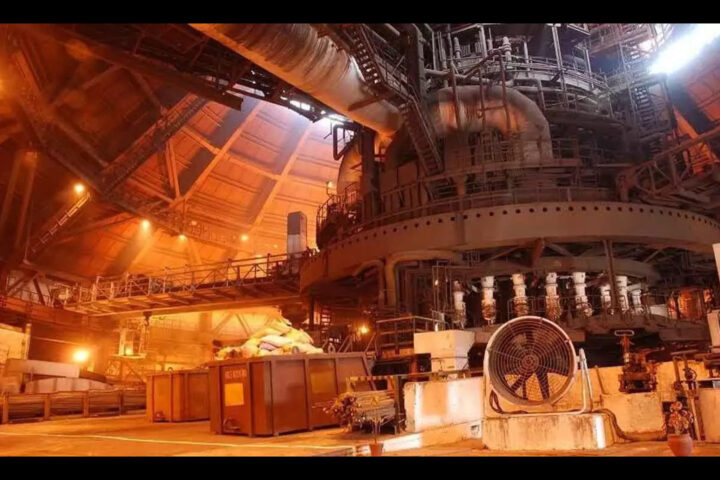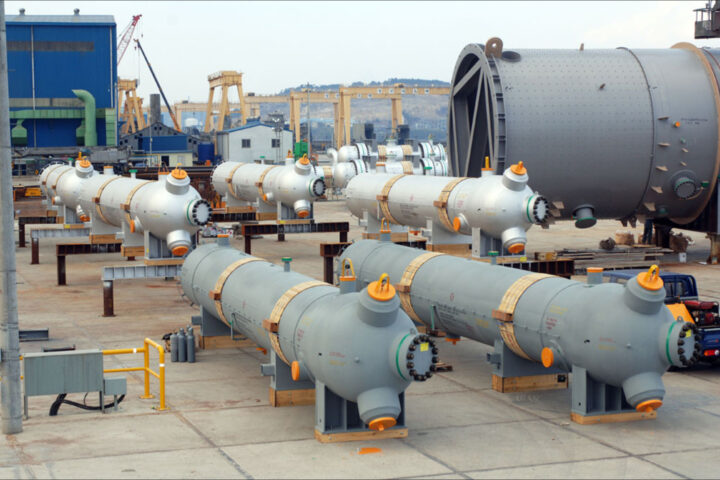by Nitish Mehta, Co-Founder, Artha Energy Resources
Installing a solar power plant or rooftop solar installation is a smart financial investment for many businesses and commercial units. The process to install a solar operated system looks simple and easy to the clients but for a solar developer it is a tough job to select the right solar panels which can suit the requirements of the clients and at the same time deliver optimum efficiency.
As C&I Developer, we at Artha Energy are intensely focused on procuring highly efficient panels to provide higher installation capacity, which generally results in better LCOE (Levelized Cost of Energy). During the last six months we have seen the launch of new panels being launched at 500 WP then 600Wp+ and latest of it being 800 Wp+. As a developer we were excited, but after a closer look at those panels it tells us a different story.
We share few insights on evaluating & selecting the right solar panels for your next solar installation.
In the solar panel world, Wafers play the role of what bricks do for a wall. During Early 2010 Solar wafers of monocrystalline silicon wafers were of 125 mm in length, also known as M0 wafers, which was increased to 156.75 mm, later to M4- 161.75 around 2016, which was considered dominant wafer,which moved to M8 in 2018 and as of 2020 M10 and M12 are currently fighting the battle. The below table shows the technical differences between each category of solar wafers which are widely used at most solar projects across the country.
|
Wafers |
M12(G12) |
M10 |
M9 |
M6 |
G1 |
M4 |
M2 |
|
Length |
210 |
200 |
192 |
166 |
158.75 |
161.7 |
156.75 |
|
Area |
44096 |
39997 |
36862 |
27415 |
25199 |
25825 |
24431 |
|
Increase % |
10.25% |
8.50% |
34.46% |
8.79% |
-2.42% |
5.71% |
  |
The production line for a Solar wafer fixes a certain rate of production wafers every hour. By increasing the size of wafer, Per wp production cost is reduced due to increase in total Wp production rate (Power density of module/Cell produced).
For the developer, transportation and installation cost gets reduced along with savings in DC cables, structures while, other fixed costs such as net metering cost and operating costs such as cleaning gets reduced due to a higher denominator.This cost-saving, along with increasing efficiency of panel, leads to a reduction of LCOE.
However, there are times when it can be a bit different. The bigger wafer results in bigger panels size and increased weight from 22-24 Kg’s to 28-30Kg's or beyond. On paper, it doesn't seem much, but when mounting on stands the cost of structure increases especially in high wind regions. The panel being heavy will be difficult for installation and there are concerns about easily developing micro-cracks. This bigger wafer size is more prone to getting cracked or hot spots.
In the past whenever panels increased in power density, it was accompanied by efficiency gains. However, the efficiency gains from a 450 Wp to 600Wp to 800Wp is extremely low. Hence, if panels just keep getting bigger in size & weight and not efficient the financial and technical incentives do not increase commensurately for C&I applications.

